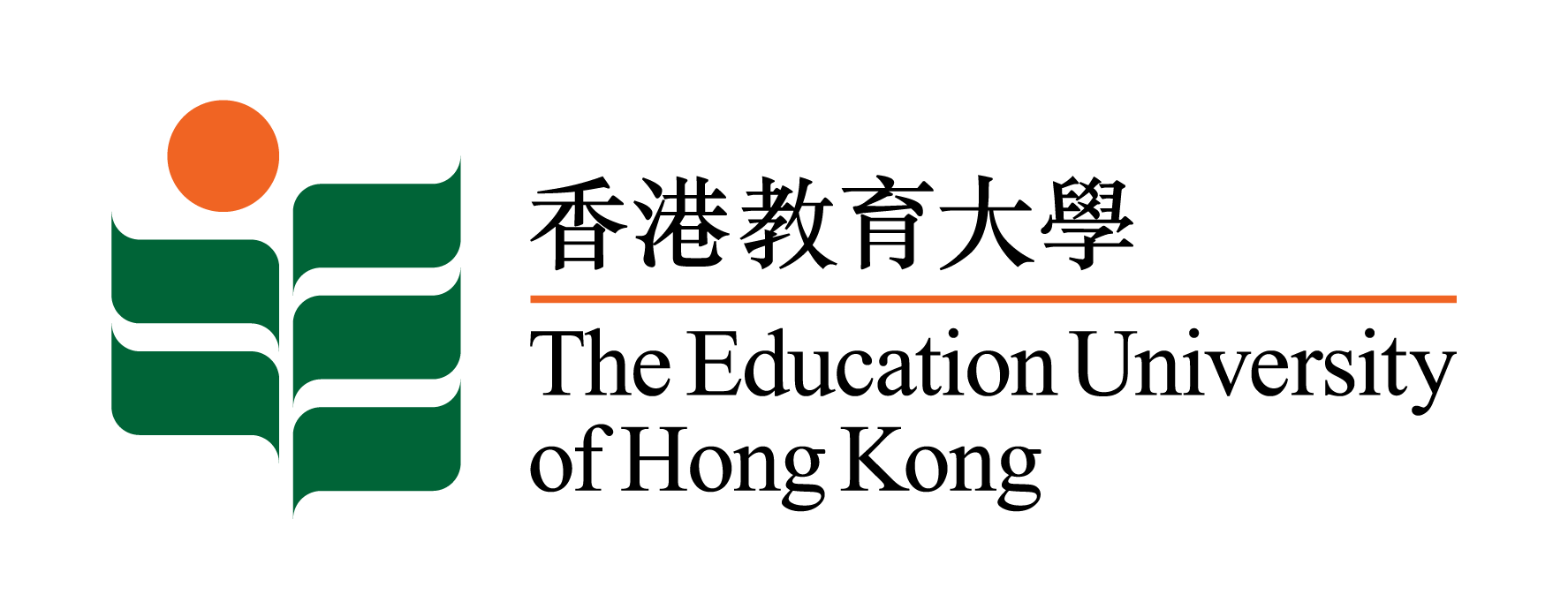EdUHK has focused its outcome-based education initiative on one essential question: “What do we want our students to know, be able to do, and value as life-long learners?” In answering this question, we focus on the development of outcomes at multiple levels: Generic Intended Learning Outcomes (GILOs) that represent the university’s expectations of all students, Programme Intended Learning Outcomes (PILOs) that speak to the distinctive dispositions expected from degree graduates, Discipline/Subject Intended Learning Outcomes (DILOs/SILOs) that are discipline-specific and course outcomes, Course Intended Learning Outcomes (CILOs) which measures students’ achievements by the end of the course. All of them are the directly measurable manifestation of student achievement.
These outcomes represent the qualities that will be required of citizens in the 21st century, and are based on the assumption that the challenges of the 21st century requiring such skills and knowledge that previously have not been a focus of higher education curricula. Subsequently, they are increasingly demanded by employers and key stakeholders as necessary employment skills and competencies for knowledge based economy, which are also outcomes required of active and responsible citizens. Thus at EdUHK, we have established a set of seven GILOs. The following table provides a brief description to each of them:
| Generic Intended Learning Outcomes (GILOs) | Operational Criteria |
|---|---|
| 1. Problem Solving Skills | 1.1 Identify the problem 1.2 Formulate a plan to solve the problem 1.3 Implement a solution and monitor the process 1.4 Reflect upon and evaluate the process and outcomes |
| 2. Critical Thinking Skills | 2.1 Identify the issue 2.2 Examine the influence of the context and assumptions 2.3 Analyse and evaluate the issue 2.4 Formulate a conclusion/position (perspective/thesis/hypothesis) |
| 3. Creative Thinking Skills | 3.1 Sensitivity 3.2 Flexibility 3.3 Innovative thinking 3.4 Connecting, synthesising, transforming 3.5 Elaboration |
| 4a.Oral Communication Skills | 4a.1 Convey a central message with context and purpose 4a.2 Use supporting evidence 4a.3 Display organisation 4a.4 Use proper language and engage the audience |
| 4b. Written Communication Skills | 4b.1 Consider context and purpose 4b.2 Use supporting evidence 4b.3 Display organisation/ structure 4b.4 Use proper language/ grammar and format |
| 5. Social Interaction Skills | 5.1 Initiate and maintain relationships 5.2 Interact with others appropriately in specific contexts 5.3 Practise negative assertions 5.4 Manage conflicts |
| 6. Ethical Decision Making | 6.1 Recognise ethical issues 6.2 Evaluate different ethical perspectives/concepts 6.3 Establish ethical intention 6.4 Apply ethical perspectives/concepts |
| 7. Global Perspectives | 7.1 Aware of one’s own culture 7.2 Recognise global issues and interconnections 7.3 Initiate interactions with other cultures 7.4 Make long-term decisions for the benefit of future generations |
Identifying the Levels of Outcomes in the Process of the Learning Journey
- Generic Intended Learning Outcomes (GILOs) GILOs represent the University’s expectations of all graduates irrespective of the programmes they undertake. They are often referred to as the 21st century outcomes and the desired attributes of graduates across all programmes offered by the University. They may or may not be included directly within a set of programme outcomes. However, in designing commonality into programme outcomes, GILOs may provide a place to start, which are designed to inform achievement at many levels and connect with many other types of outcomes. As previously mentioned, they inform programme outcomes. At a more specific level, they inform students’ learning experiences, and the achievements they may evidence from these experiences.
- Programme Intended Learning Outcomes (PILOs) PILOs reflect distinctive characteristics of graduates at the completion of their programmes. They encompass discipline outcomes of the major and minor/electives, plus expected outcomes for General Education, Field Experiences and Internships, Co-curricular Learning Course and, where appropriate, Education Studies. These components refer mainly to the formal curriculum, while co-curriculum activities contribute to both professional and personal attributes relevant to students’ fields of study. A set of PILOs provide the basis for a coherent set of student experiences. A student should, in achieving the outcomes associated with a full set of courses be demonstrably competent in achieving the PILOs. They, in turn largely determine the outcomes of each course associated with the degree programme and may influence the scope and sequence of courses within a degree programme.
- Discipline or Subject Intended Learning Outcomes (DILOs/SILOs) DILOs/SILOs feature the specific characteristics of the discipline and articulates this discipline with recognizable knowledge, skills and dispositions that define the uniqueness of the academic field. The subject or subjects that relate to a specific programme define, in large part the discipline-specific achievement that the University may expect of students associated with a programme. Similarly, the courses that are specific to a programme may be seen as specific to that programme by the student-centred achievement that is discipline specific. While courses of one programme may share commonalities with those of another programme, DILOs/SILOs serve to define the uniqueness of these courses.
- Course Intended Learning Outcomes (CILOs) CILOs identify how students may demonstrate achievement by the end of the course, according to predetermined standards of performance and content. They should be made explicit to learners and must guide the teaching, learning and assessment activities in the context of a course. CILOS exist in an iterative relationship with GILOs, DILOs/SILOs and PILOs.
